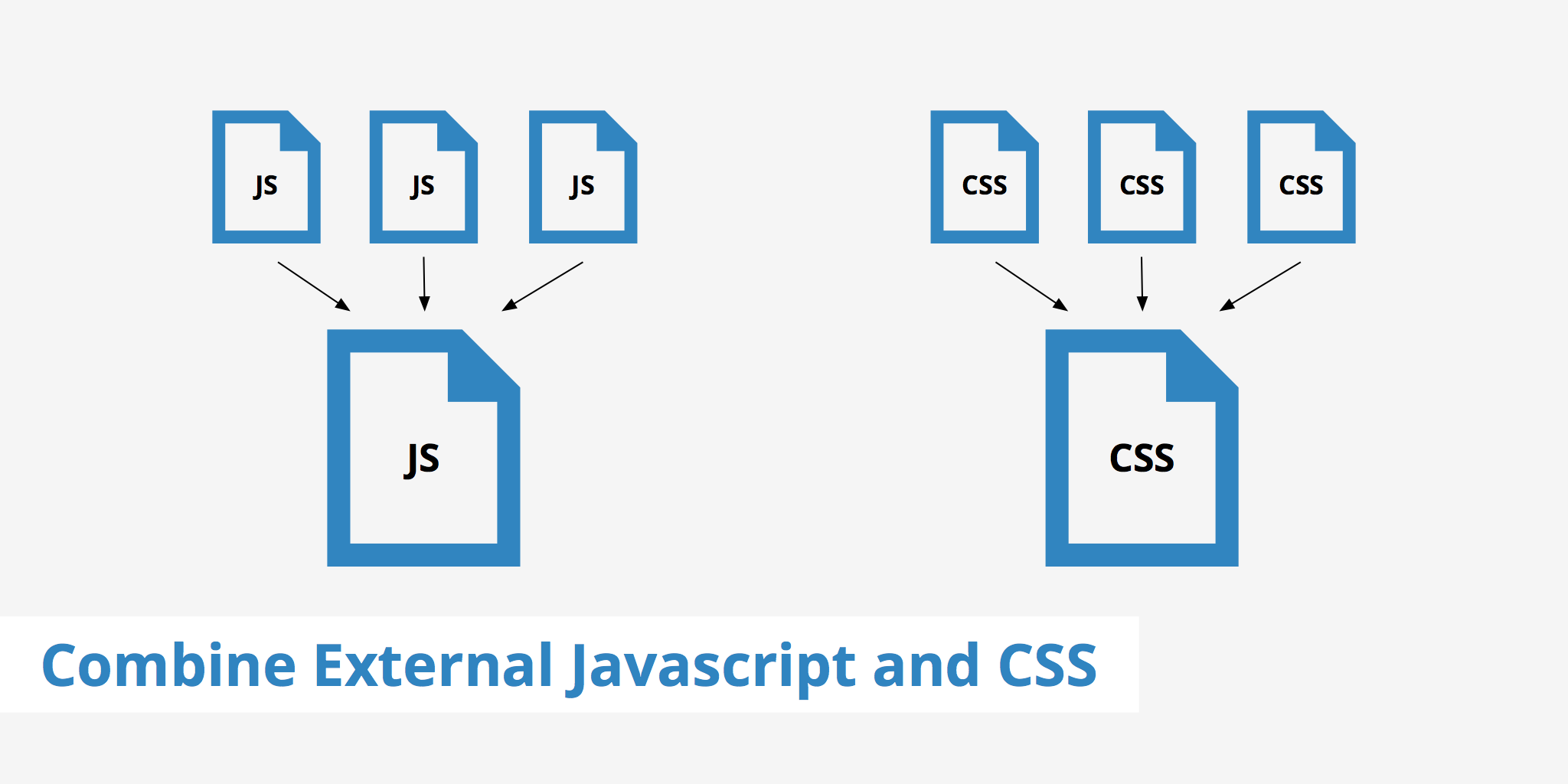

The list below represents the state of the directives as of level 2. Let's quickly walk through the rest of the resource directives. You've already seen script-src, so the concept should be clear. While script resources are the most obvious security risks, CSP provides a rich set of policy directives that enable fairly granular control over the resources that a page is allowed to load. Policy applies to a wide variety of resources #
MAKE EXTERNAL JAVASCRIPT FILE SECURE CODE
When a clever attacker manages to inject code into your site, they'll run headlong into an error message rather than the success they were expecting. With this policy defined, the browser simply throws an error instead of loading script from any other source. The browser dutifully downloads and executes JavaScript from over HTTPS, as well as from the current page's origin. We've specified 'self' as one valid source of script, and as another. Simple, right? As you probably guessed, script-src is a directive that controls a set of script-related privileges for a specific page. Since we trust to deliver valid code, and we trust ourselves to do the same, let's define a policy that only allows script to execute when it comes from one of those two sources: Content-Security-Policy : script-src 'self'

Even if an attacker can find a hole through which to inject script, the script won't match the allowlist, and therefore won't be executed. Instead of blindly trusting everything that a server delivers, CSP defines the Content-Security-Policy HTTP header, which allows you to create an allowlist of sources of trusted content, and instructs the browser to only execute or render resources from those sources. The browser happily downloads and executes any code a page requests, regardless of source. We trust that code, but we can't expect the browser to figure out on its own that code from is awesome, while code from probably isn't. For example, the Google +1 button at the bottom of this page loads and executes code from in the context of this page's origin. The issue exploited by XSS attacks is the browser's inability to distinguish between script that's part of your application and script that's been maliciously injected by a third-party. Report policy violations to your server before enforcing them.Inline code and eval() are considered harmful.Use allowlists to tell the client what's allowed and what isn't.This overview highlights a defense that can significantly reduce the risk and impact of XSS attacks in modern browsers: Content Security Policy (CSP). We'd obviously like to prevent that if possible. If an attacker successfully injects any code at all, it's pretty much game over: user session data is compromised and information that should be kept secret is exfiltrated to The Bad Guys. The XSS Cheat Sheet is an old but representative cross-section of the methods an attacker might use to violate this trust by injecting malicious code. This is a huge problem, as browsers trust all of the code that shows up on a page as being legitimately part of that page's security origin. In practice, attackers have found clever ways to subvert the system.Ĭross-site scripting (XSS) attacks, for example, bypass the same origin policy by tricking a site into delivering malicious code along with the intended content. Each origin is kept isolated from the rest of the web, giving developers a safe sandbox in which to build and play. Code from should only have access to 's data, and should certainly never be allowed access. The web's security model is rooted in the same-origin policy. Policy applies to a wide variety of resources.


 0 kommentar(er)
0 kommentar(er)
